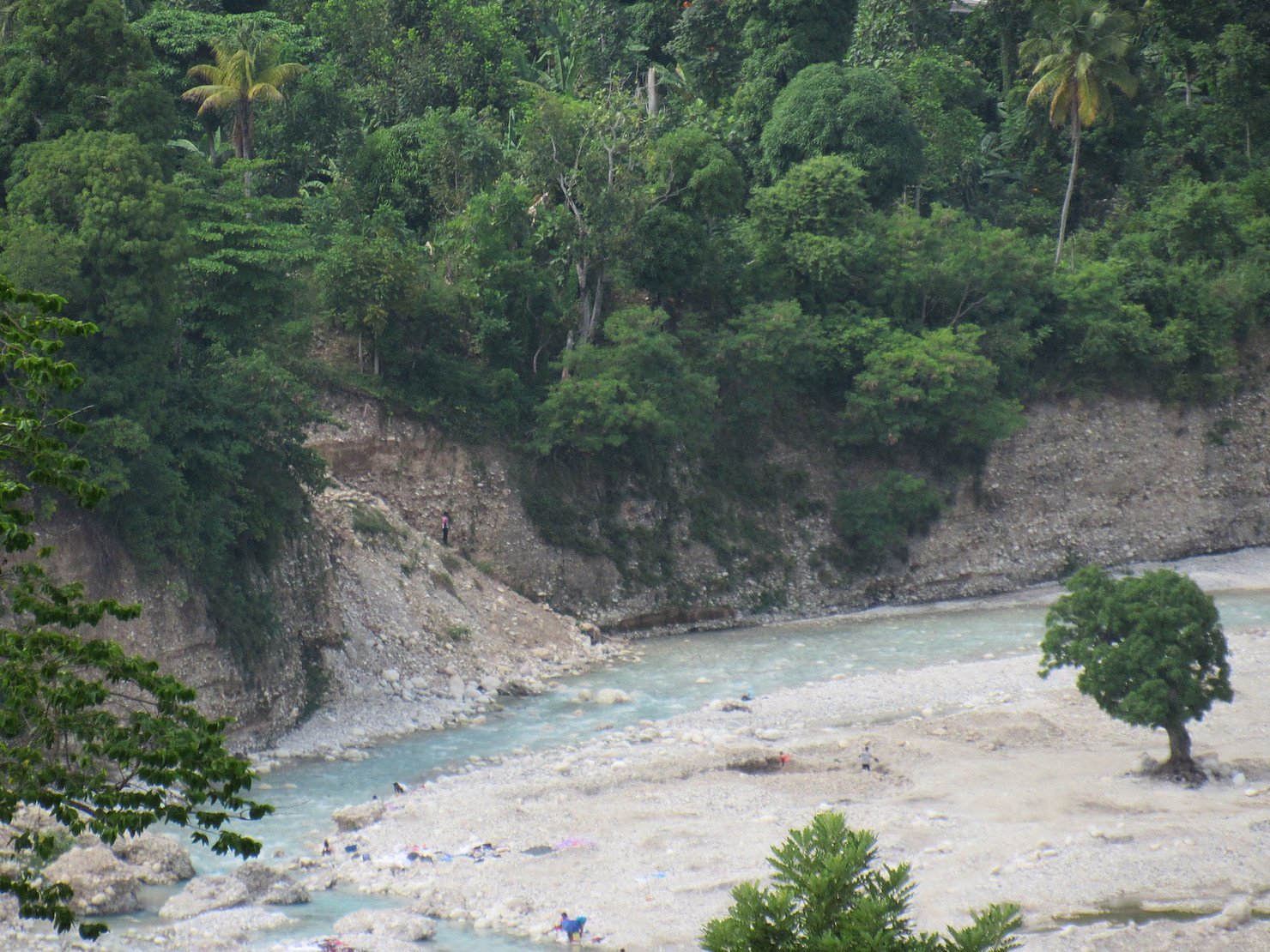Below is a post from an EffectivEnergy supported family, who volunteer and conduct research in Haiti along with EffectivScholarship Awardee Elisson Adrien. Their missions include supporting youth education and researching disasters. Check out the post below to see EffectivEnergy Solutions giving at work. If it piques your interest, visit our giving page here and read more blog posts at mcgreevyhaiti.com.
I have decided to vary some of my methods in order to see what I can learn when I take a step back, both metaphorically and in a more literal sense. I started getting to tall peaks around the study site and looking at things that I could not see while I was amongst them. This view has emphasized different aspects of vulnerability and also has showed me devastating stories I have missed so far.
Today, while standing in a new location, Elisson and I saw what I had seen up close and from different angles numerous times and even in my visits before Hurricane Matthew: The Rivye Sud (Southern River) is filled with people washing their clothes, their motorcycles, and themselves upstream and is a more industrial-looking area where bulldozers and other large machinery enter the riverbed to collect and arrange rocks that will be removed to build roads and houses.
Everything seems back to normal. Those houses once ripped open are (for the most part) covered once again with metal roofs like before the storm. And yet, the most important aspect of the scene, something I missed completely, is not what is present but what is missing.
A woman comes up to us, and I am afraid she is angry and will say this is private property. I thought it was public, but I am not sure. These areas with such clear views down to the valley below are not common, and we had to seek this location out or we would miss the view entirely. She instead assured me that it was nothing to worry about and that we can spend as much time there as we would like.
When I then explain to her that my research is about Hurricane Matthew and how it impacted and continues to influence people in the area, she quickly recounted the event and what it meant in terms of what we are seeing below us.
“They are gone now, you see.”
I didn’t know what this meant.
“The houses, the river took them. they were all right there.”
I learned that the current river bank, a sharp edged wall standing ten feet tall, is a new formation. The previous bank stretched out to what is now water and stones below.
The river that gives water for bathing, for cooking, it betrayed those people that relied on it. The waters that are desperately needed in times of drought cause destruction when given in abundance.
And this destruction is not always visible, not even after months of studying. Sometimes, these disasters do not leave a footprint of a house and the people that were in it to tell the story of the roof torn away, leaving them huddled together and exposed. Sometimes, they leave only a void on earth and a memory in the heart of others.

Possible Caption: People cleaning clothes in the place where homes once stood (Source: JR McGreevy)]



